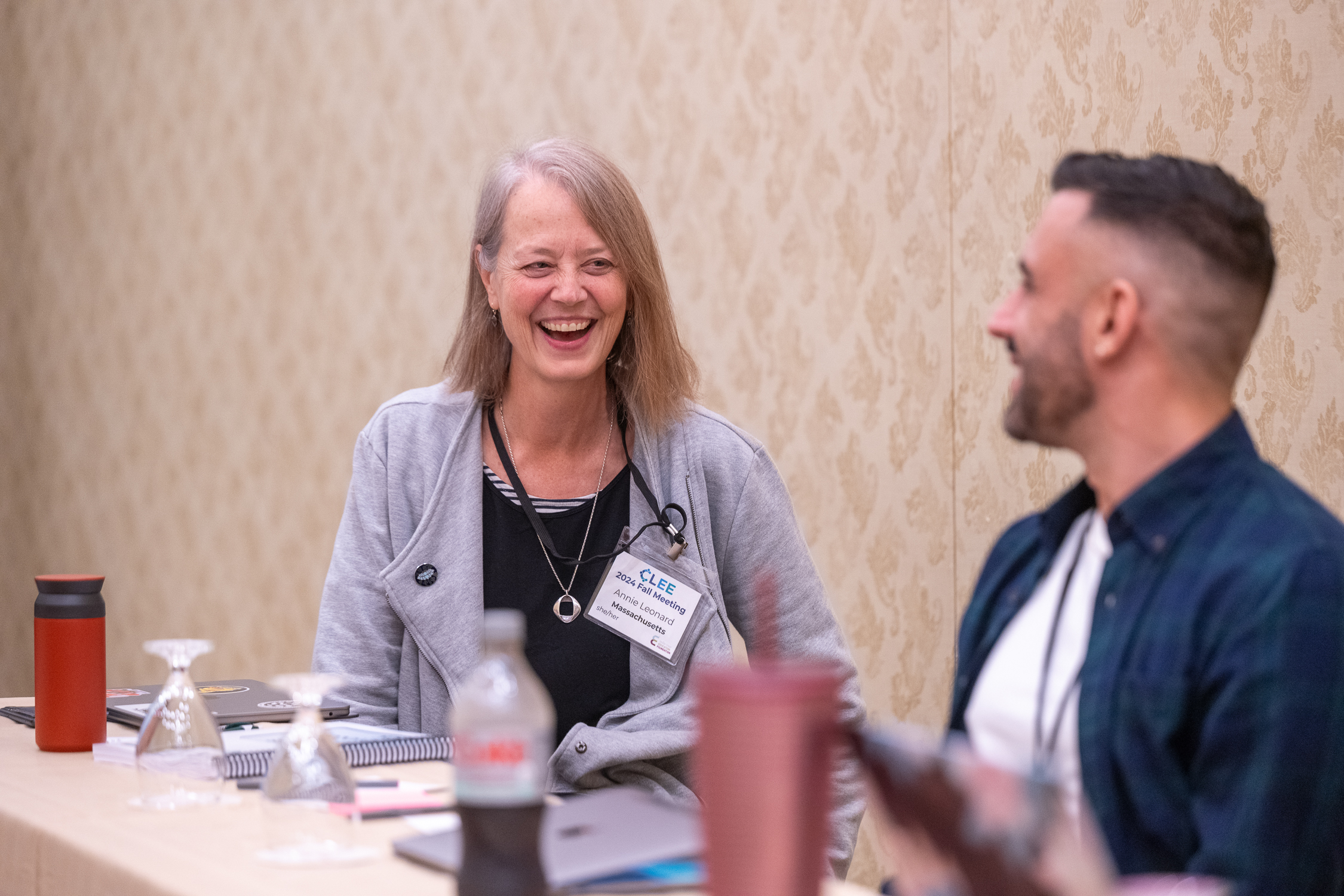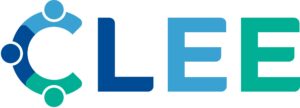

Monthly eNewsletter – May 2025
Our collective power expands when we support each other to foster the unlimited potential of each and every student.

Collaboration Is Advocacy: 4 Ways to Stand Together to Face Challenges
In a moment when forces that divide us threaten to overpower forces that unite us, we have been reminded of something powerful: collaboration isn’t just helpful — it’s how we advocate for what matters most.
Across our network, we have joined forces with partner organizations, educators, stakeholders, and community leaders who are committed to a goal that unites us, ensuring every student receives what they need to thrive. When we center on student success, we build common ground and amplify the voice of students and families.
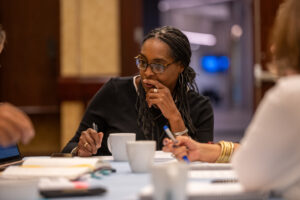
What We’ve Learned About Collaboration in Challenging Times
Our student-centered work isn’t new — but advancing it in today’s political climate has required new strategies. Here’s what’s been effective for us, and what might help your school, district or organization in navigating similar terrain:
1. Invest in durable partnerships
Amplify through joint advocacy efforts. Hosting conversations with district partners and collaborating with other organizations has made our voice stronger and more durable in the uncertainty. Besides helping us not feel alone, we have already achieved important outcomes together.
2. Clarify your “why” — together
Clarify what you stand for and be able to state what it is plainly. We constantly ask ourselves, “are we saying what we mean?” We want a wide range of people to both understand it and join us in leading it.
3. Focus on shared values
Support bridge-building efforts that unite people across divides. For example, shift the conversation away from charged terms toward unifying values such as providing each student what they need to thrive.
4. Shift the narrative toward impact
Emphasize specific outcomes, like better student experiences and stronger educator support. We found when we do this, we expand our circle of partners and supporters.

Donna Braun, CLEE Executive Director
Our biggest lesson? Collaboration isn’t just a strategy — it’s a safeguard.
Our Call is Simple
Keep showing up for each other. Advocate, together, for the world we want: one where education is a right, not a battleground; where differences are met with dialogue, not division.
It is easy to feel isolated in moments like this. But if you are facing internal division, external pressure, or uncertainty around funding, please reach out. Whether it is through our services, open-access resources, or upcoming community events, we are here to collaborate, share strategies, and support one another.
If you are doing this work, you are not alone. If you are looking for ways to keep going, we are ready to connect. Let’s do what Margaret Wheatley reminds us that strong communities do – stay together!
Five Strategies to Facilitate Stakeholder Voice
Recently, CLEE partnered with a Boston-area school district to co-create a new Strategic Plan. What made this process different? We made sure every stakeholder, students, families, educators, and community members, had a voice at the table. The result was more than a plan; it was a shared commitment to the work ahead. Participants reflected on what pushed their thinking, challenged their assumptions, and strengthened their confidence. Their insights surfaced clear facilitation moves that helped create a space for deep, authentic engagement.
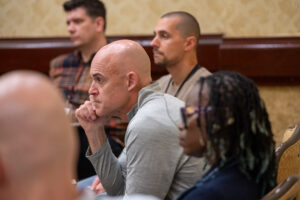
1. Create a Judgment-Free Space
Facilitators set the tone from the start by establishing a welcoming, respectful environment. Participants responded to this by taking more risks in their participation. One noted, “I was able to share my thoughts without fear of judgment.” Another added, “I could have been invalidated, but I wasn’t — the space was supportive.” By modeling vulnerability and setting group norms intentionally, facilitators helped everyone feel safe enough to contribute openly.
2. Normalize Discomfort and Risk-Taking
We did not avoid the “risk zone” — we invited it. Facilitators framed productive discomfort as a natural part of growth. One participant shared, “Raising the issue of parent and student representation put me out of my comfort zone, but it needed to happen.” Others shared similar sentiments, showing how this approach encouraged bold, honest contributions across diverse stakeholder groups.
3. Use Feedback as a Learning Tool
Facilitators used structured protocols to help participants offer and receive warm and cool feedback constructively. This gave people a shared language for feedback, and it paid off. As one person said, “Reading other groups’ feedback was hard, but it pushed me to think differently.” Another shared, “Considering feedback through the lens of different stakeholder roles really challenged my thinking.”
4. Elevate and Center Participant Voices
Intentional design allowed stakeholders from every background to meaningfully contribute. Facilitators created mixed stakeholder groups, shared facilitation with participants, and used protocols that supported balanced airtime. One parent reflected, “I didn’t have insider knowledge like the others, but their openness made me feel like part of the team.” Another noted how hearing student perspectives changed how they viewed planning for the future.
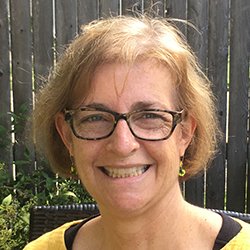
Julia Hendrix, Continuous Improvement Coach and Facilitator
5. Leave Space for Reflection and Synthesis
Facilitators built in time for processing, even as the session moved quickly. That space for meaning-making helped deepen the impact. “The conversation sparked so much thinking, we found ourselves with more questions than answers, and appreciated the time to process,” one participant said. Another added, “The time to reflect on feedback helped clarify next steps.” That reflection space gave participants ownership of the work — not just participation in it.
Looking Ahead
This session reaffirmed that effective facilitation is more than just managing time and tasks — it is about designing conditions for trust, learning, and shared ownership. As one participant said, “We have the power to change anything — we just need to work as a team.” With these strategies in place, stakeholder voice becomes more than input, it becomes impact.
In-Person and Virtual Opportunities to Continue Your Leadership Journey
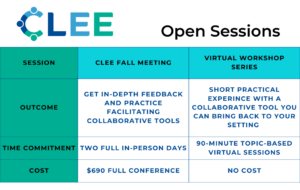
Creating more collaborative, student-centered schools requires concrete strategies, fresh ideas, and space to pause and reflect. CLEE has two upcoming events to support your growth. These gatherings are designed to help strengthen facilitative leadership skills, connect with others who share your goals, and gain tools you can apply right away in your own setting.
Creating Collaborative Leadership — A Virtual Workshop Series (Free)
This no-cost series offers practical, hands-on learning in a supportive virtual space. Sessions are interactive and open to educators and education supporters in all roles.
- Transformative Moments/Critical Incident Protocol – Thursday, May 15, 2025 1-2:30pm (Eastern)
- Giving and Receiving Feedback in a Learning Community – Thursday, May 29, 2025 4-5:30pm (Eastern)
Fall Meeting 2025 — A National Gathering in Rhode Island | Nov. 13–14
This in-person event is a space to go deeper. Through small-group learning, peer-led workshops, and reflective practice, we will engage in the kind of professional development that is both practical and transformative. It is also a chance to be in community with people across the country who are doing the daily work of leading for student impact. Scholarships and volunteer opportunities are available.
Wherever you are in your leadership journey, you deserve spaces to grow, connect, and be supported.
PRN Grad Receives State Award: Matthew Brown PRN ‘22
CLEE’s Principal Residency Network (PRN) prepares new principals to be effective from day one in their schools. Our unique residency program, guided by mentors, ensures graduates are prepared to address the real-world realities of school leadership. PRN is now available in Rhode Island and Massachusetts.

Matthew Brown, a graduate of CLEE’s Principal Residency Network (PRN), was recently named Rhode Island’s Outstanding First-Year Principal by the Rhode Island Association of School Principals (RIASP). His leadership at Vartan Gregorian Elementary has delivered powerful results — top district rankings in attendance, academic performance, and state ratings.
“Principal Brown goes above and beyond each day to ensure that Vartan Gregorian’s Smart Foxes receive a top-rate education,” said Superintendent Dr. Javier Montañez.
“He is making a positive impact,” added Mayor Brett Smiley. “On behalf of our entire city, I congratulate Principal Brown and look forward to his continued success.”
By using data-driven strategies, building an inclusive school culture, and leveraging staff strengths, he improved student outcomes, especially for all four of the school’s focal groups: Black, Hispanic, MLL students and students with disabilities.
Matthew began his career as a special education teacher. Through PRN’s residency-based model, he developed the leadership skills that drive his success today. Matt’s story is proof of what is possible when we invest in leaders who are ready to transform schools.
PRN is Now in Massachusetts — Apply or Nominate an Aspiring Principal Today
Aspiring principals in Massachusetts can now be PRN-prepared principals, We offer a DESE-approved path to certification through hands-on, mentor-supported preparation.
Four PRN Grads Earn Ed.D. at Johnson & Wales University
The Principal Residency Network and Johnson and Wales University have maintained a long-standing partnership to support educators in obtaining their principal certification and advanced degrees.
Please join us in celebrating four PRN Graduates and new Doctors of Education:
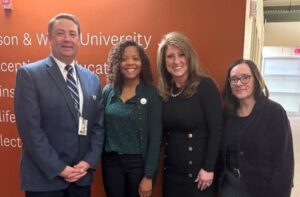
Dr. Marjorie Cortico Ramirez (PRN ‘22)
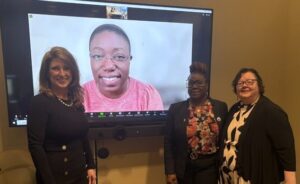
Dr. Renee Duffaut (PRN ‘22)
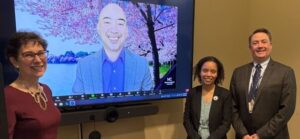
Dr. Andrea Summers (PRN ‘20)

Dr. Donavan Tracey (PRN ‘21)

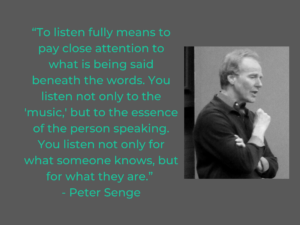
![]()
Each month, CLEE offers a question or two to help you reflect on what you are experiencing. Thinking about the importance of questioning and what your answers mean is one more step in your growth as a leader.
Join CLEE on social media to follow the monthly questions and share your answers.
